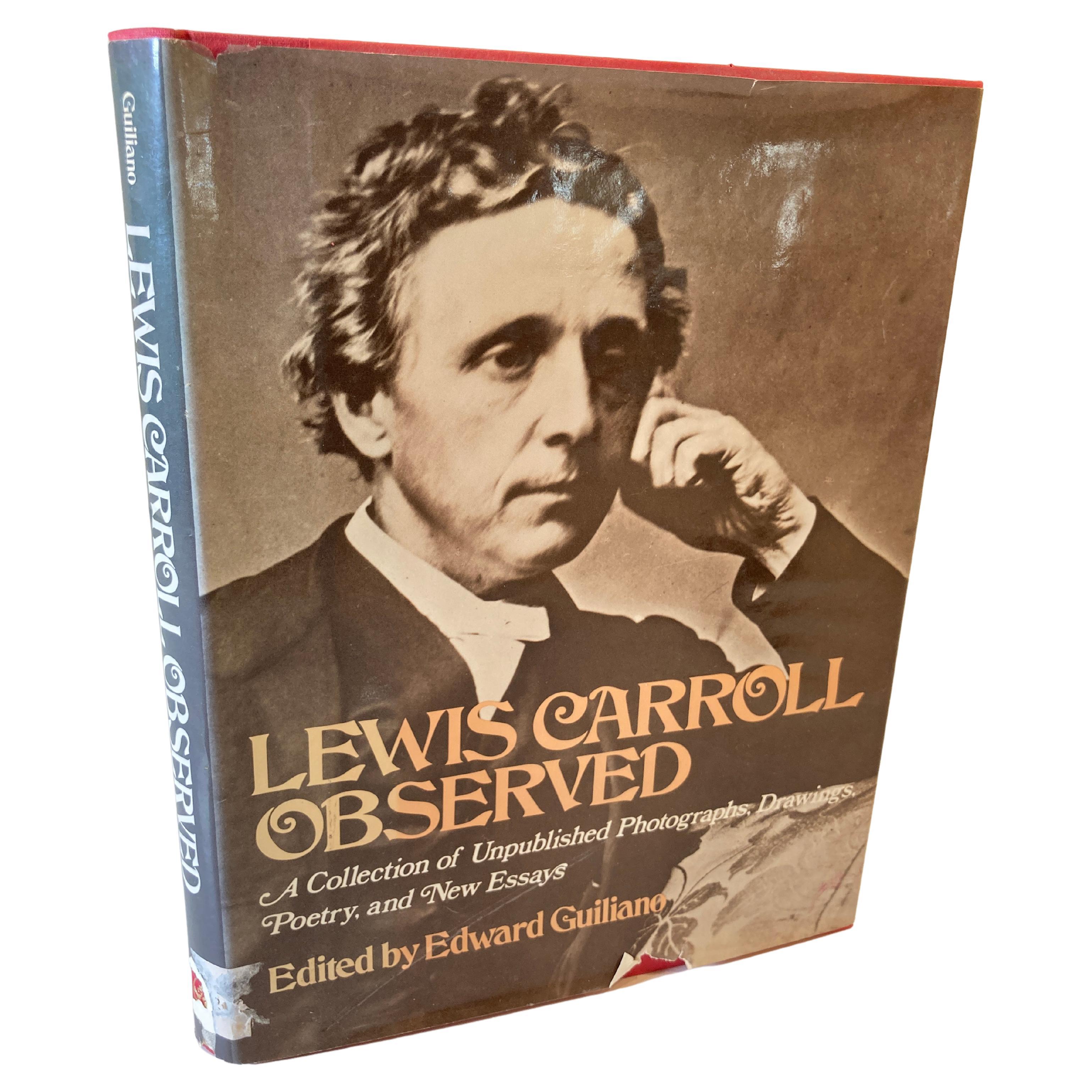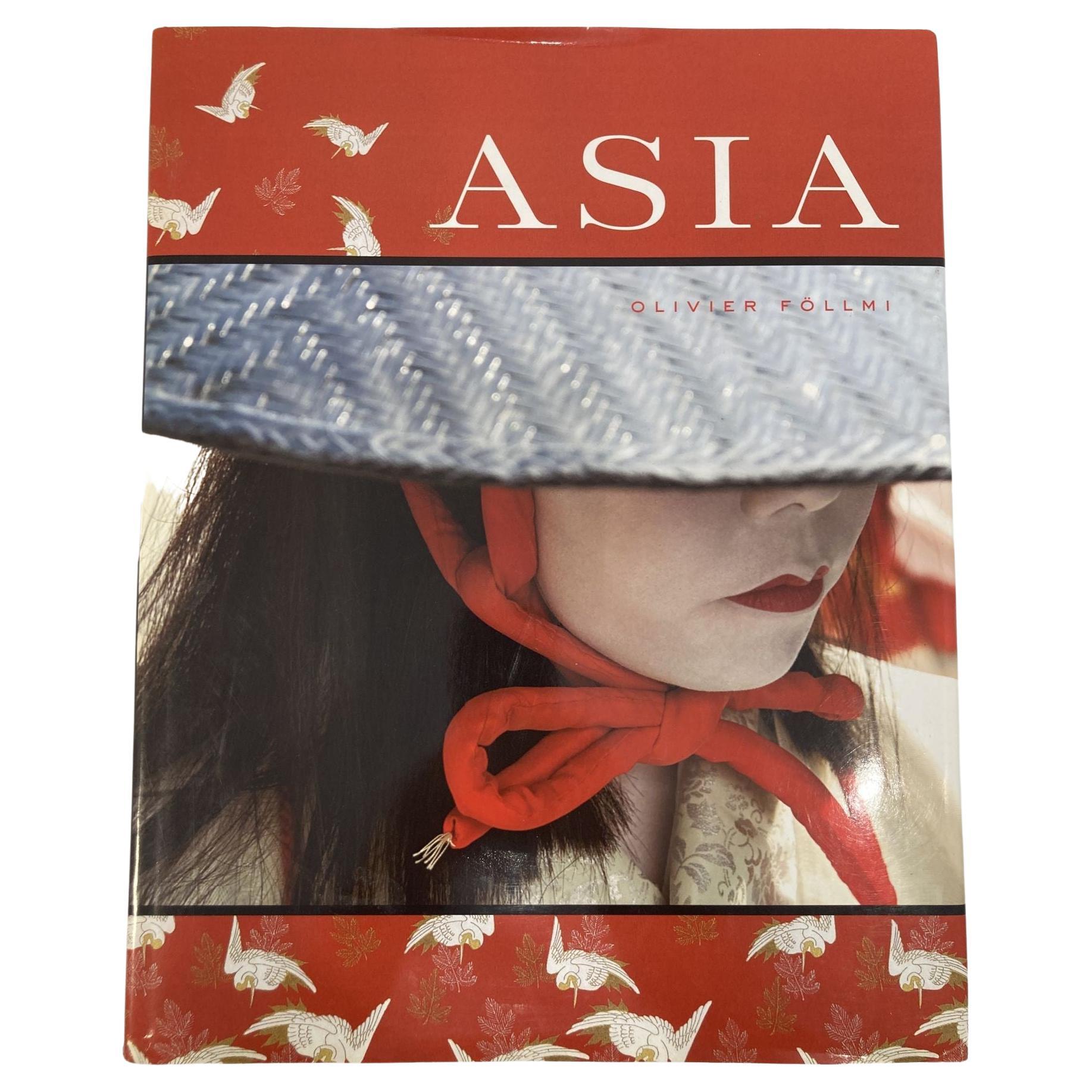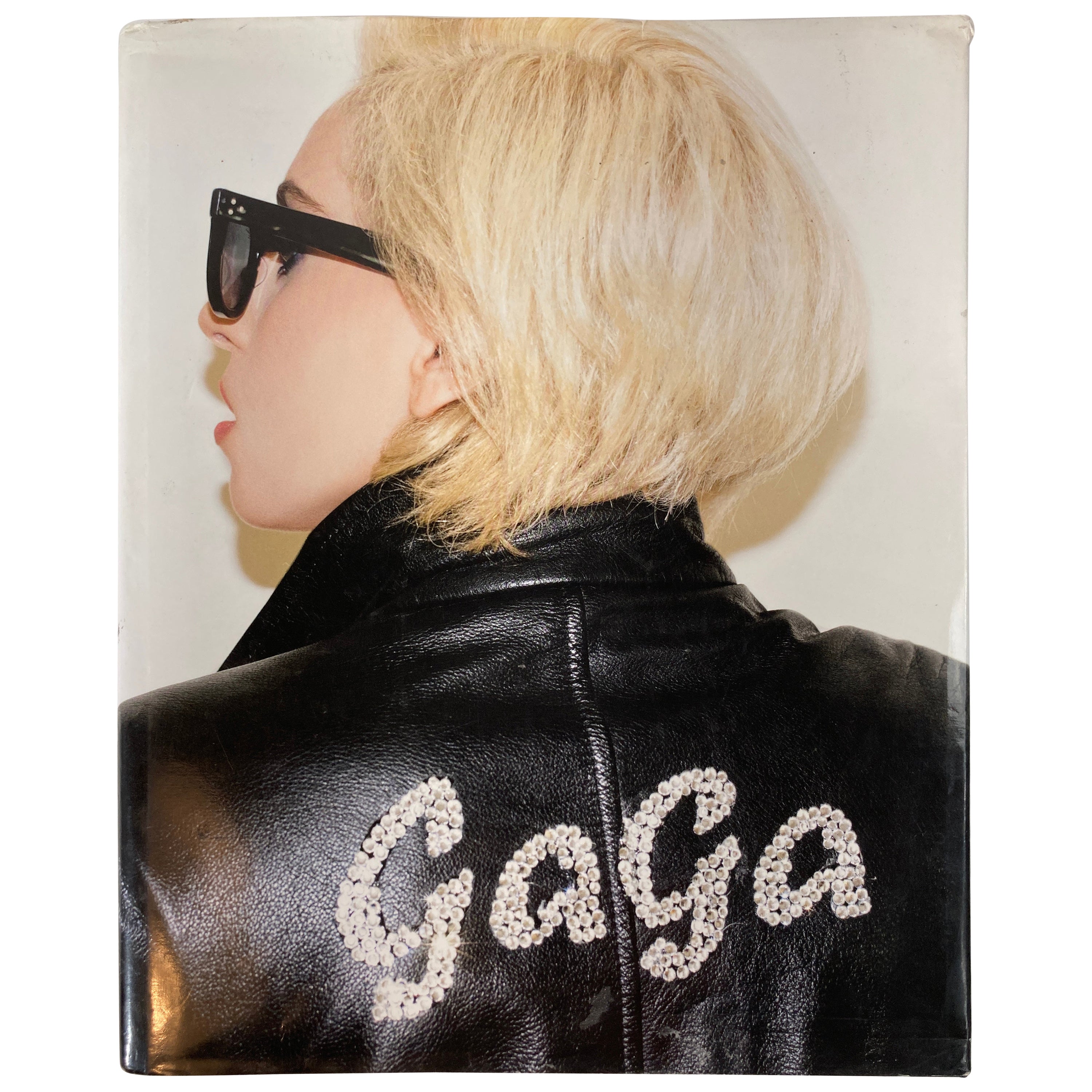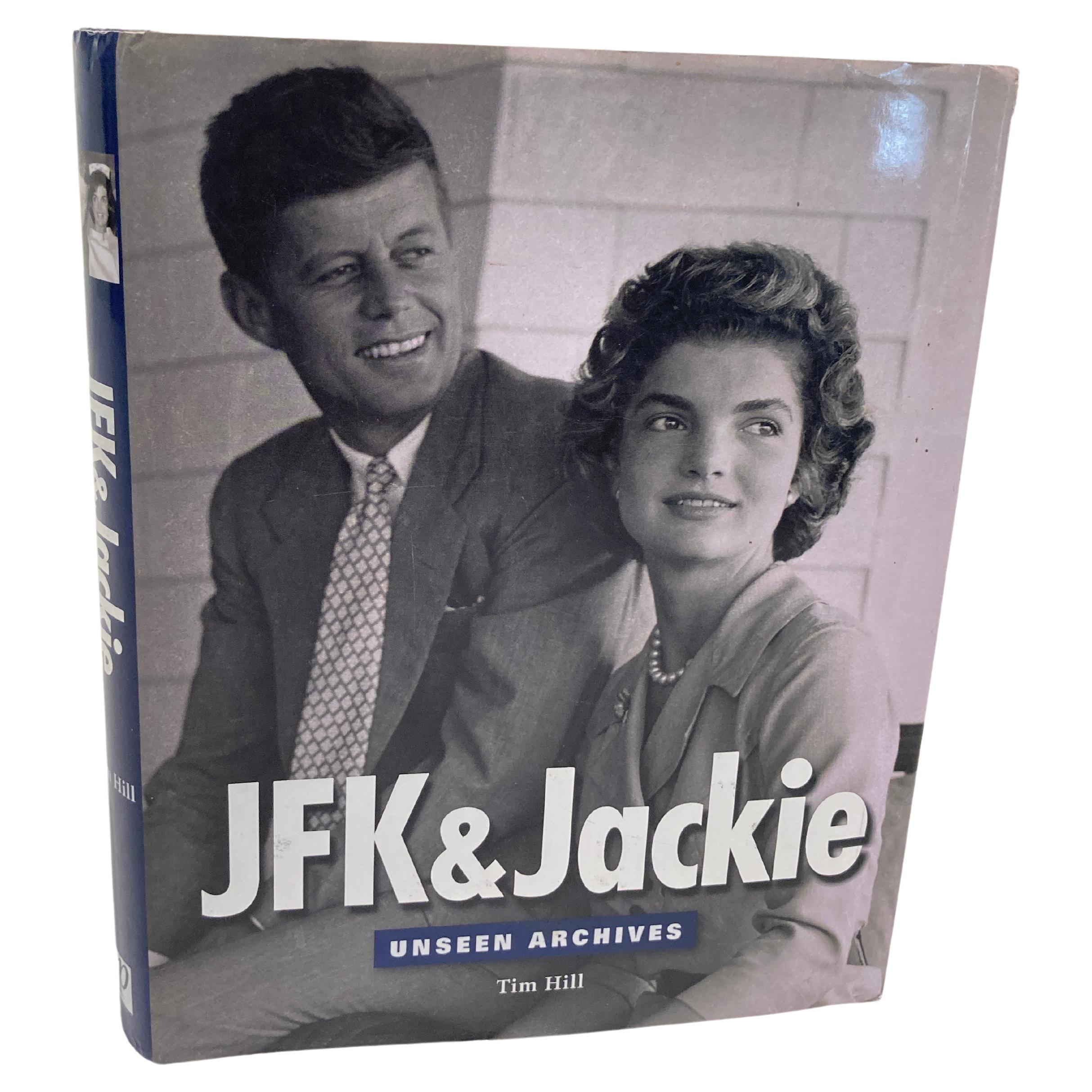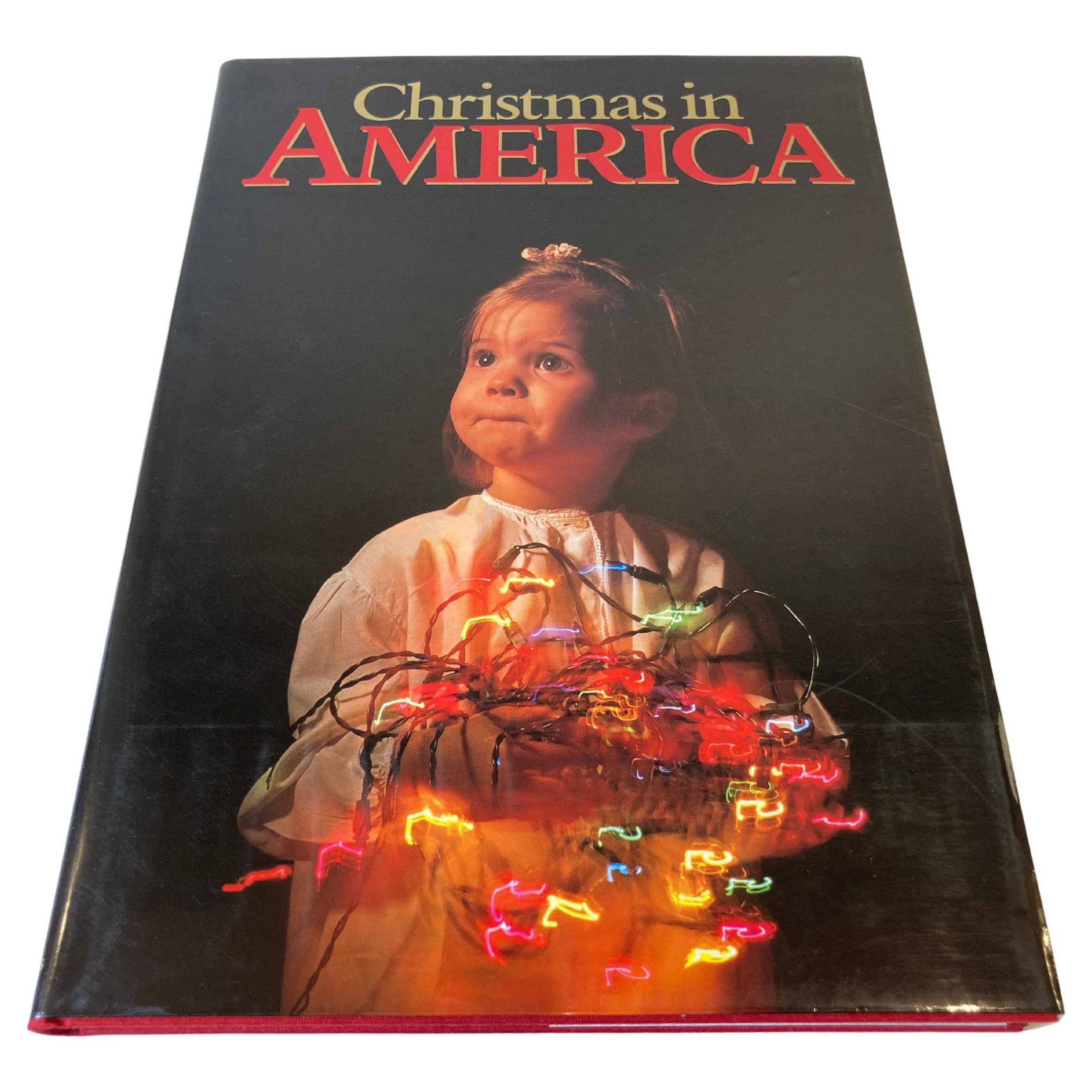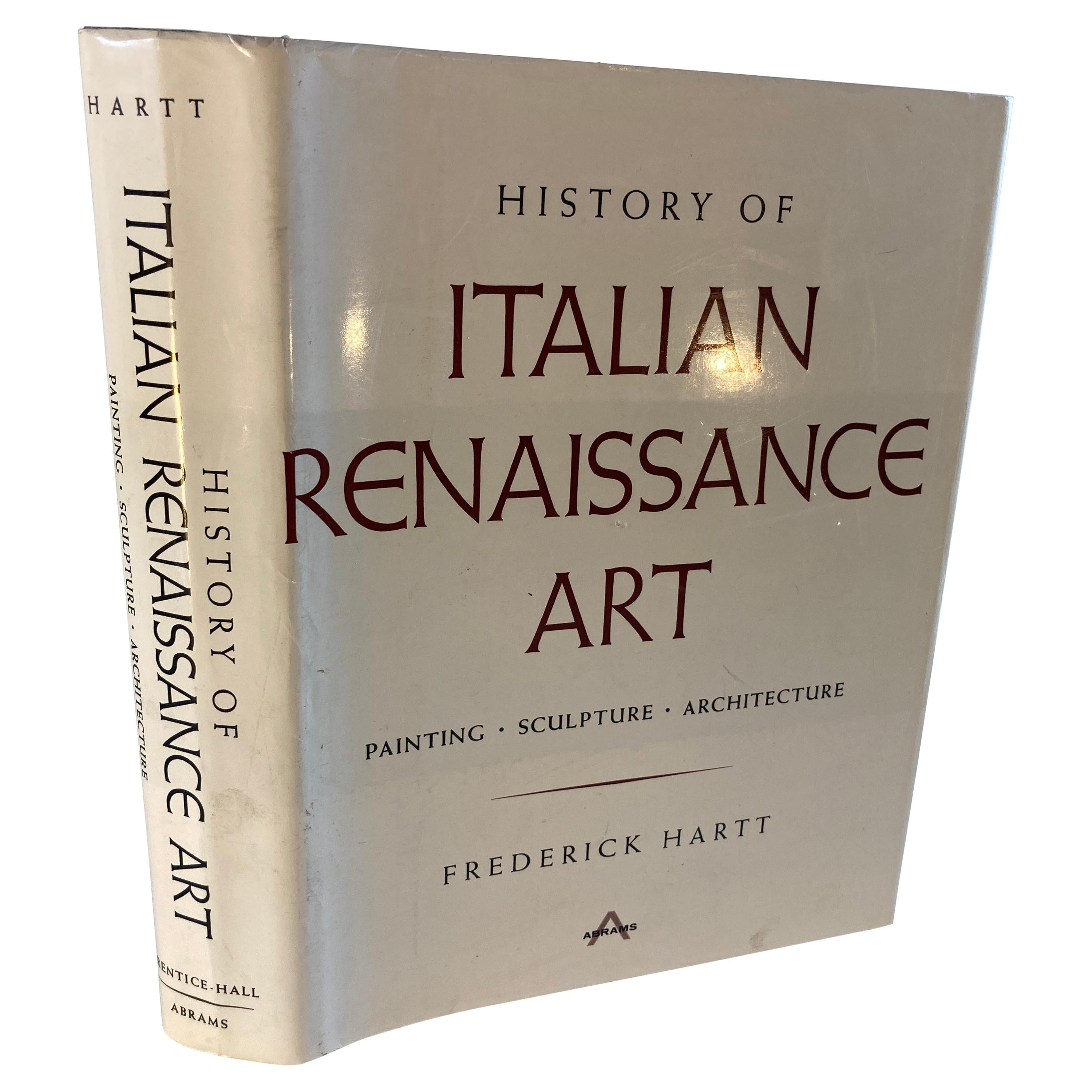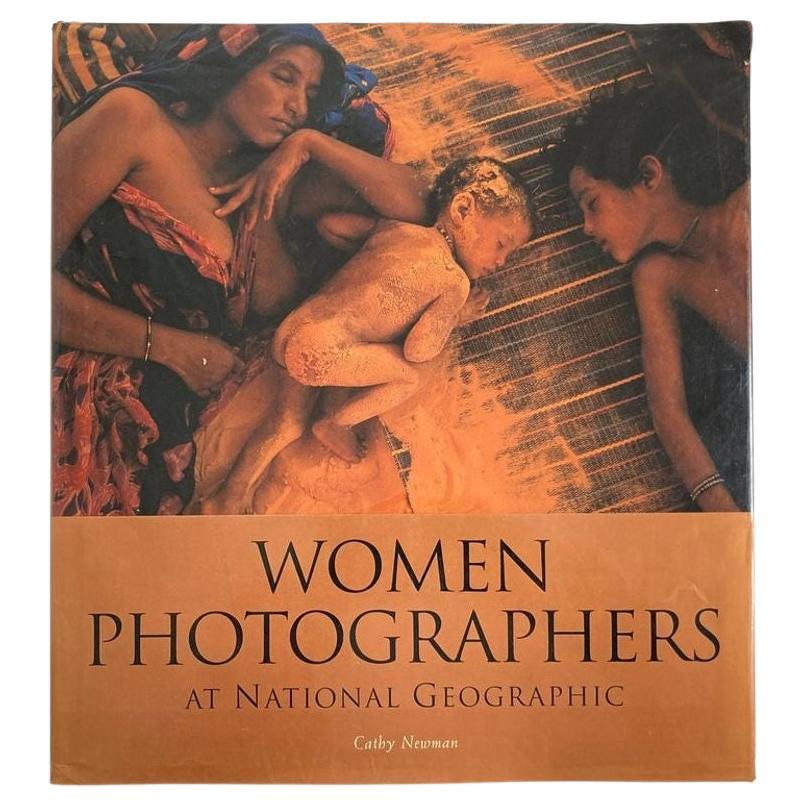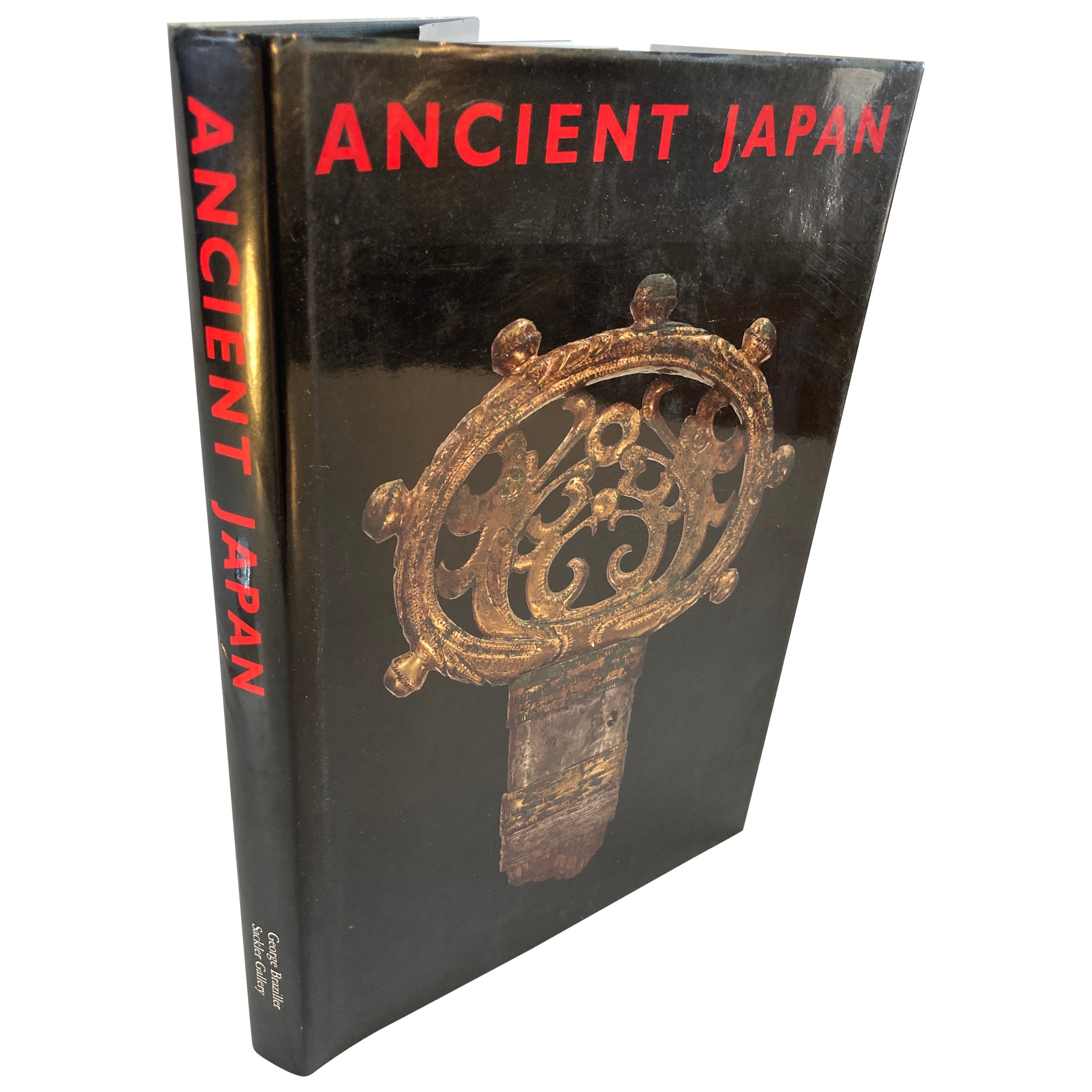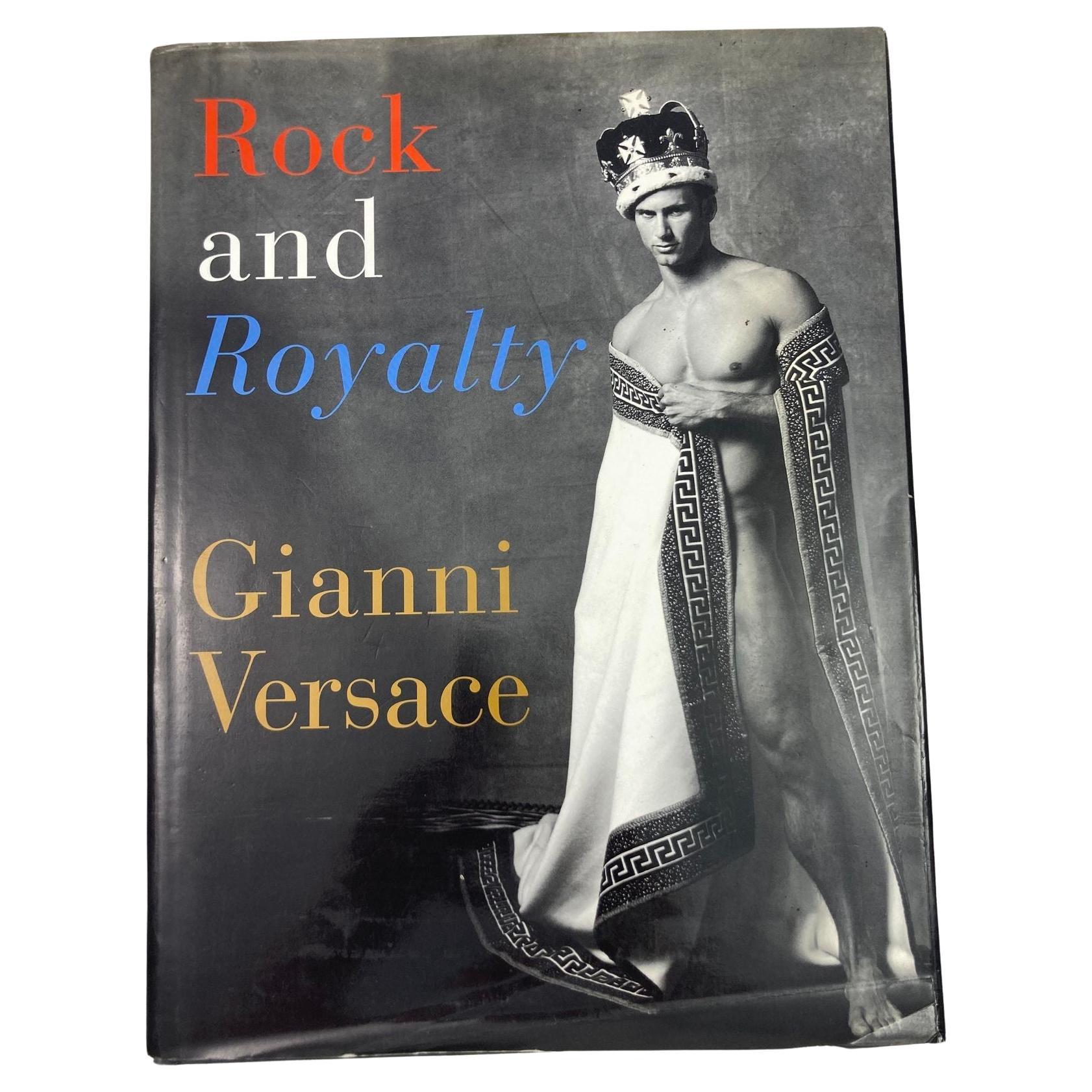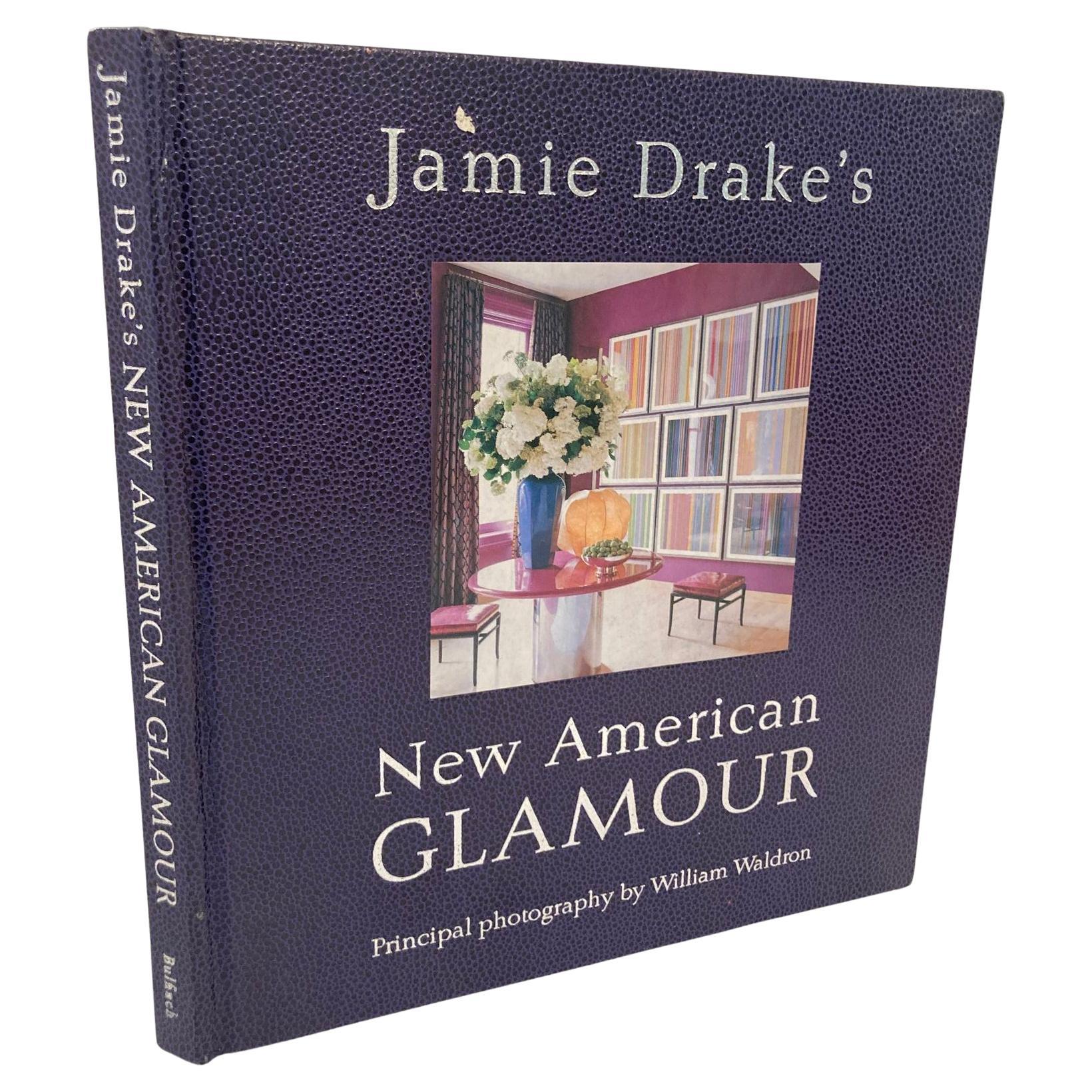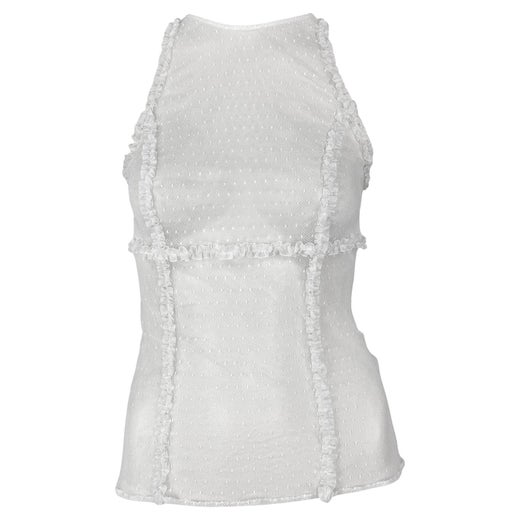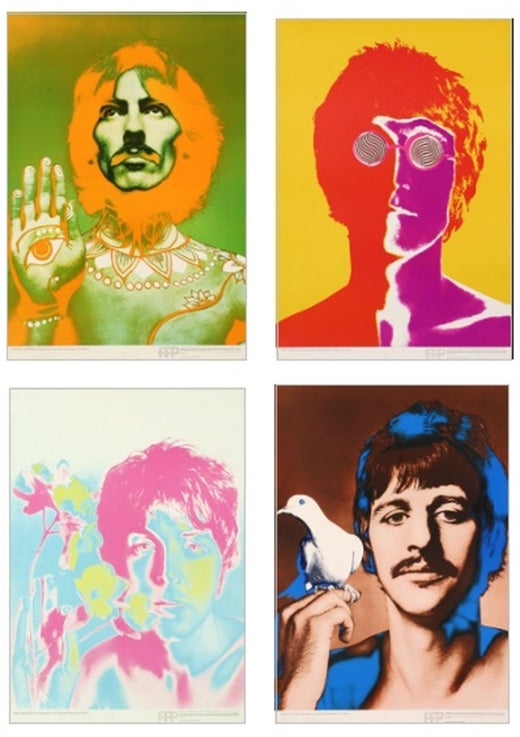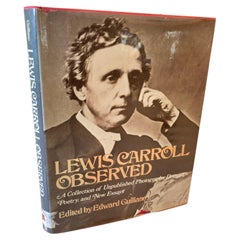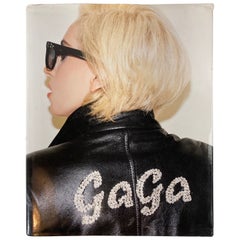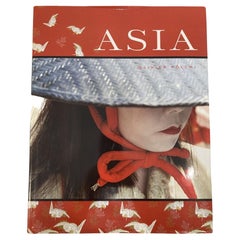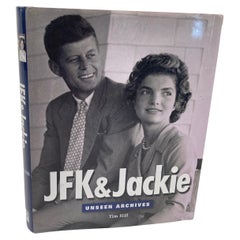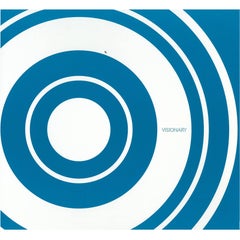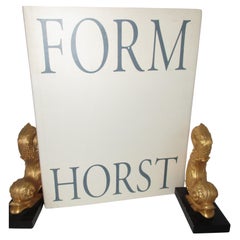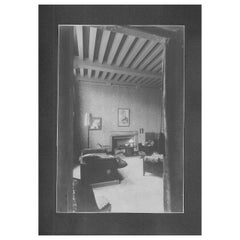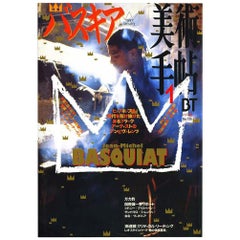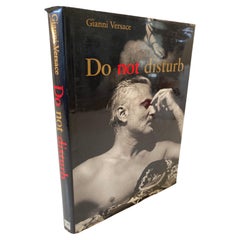
Do Not Disturb Gianni VERSACE, Hardcover Coffee Table Book
View Similar Items
Do Not Disturb Gianni VERSACE, Hardcover Coffee Table Book
About the Item
- Creator:
- Dimensions:Height: 13.5 in (34.29 cm)Width: 10 in (25.4 cm)Depth: 1 in (2.54 cm)
- Style:Expressionist (In the Style Of)
- Materials and Techniques:
- Place of Origin:
- Period:
- Date of Manufacture:1995
- Condition:Wear consistent with age and use.
- Seller Location:North Hollywood, CA
- Reference Number:Seller: VG221stDibs: LU906827350092
Gianni Versace
The signature extravagance of legendary fashion designer Gianni Versace — forever aligned with glamour, sex, celebrity and spectacle — can overshadow the Italian couturier’s broad and deep engagement with history and culture. Today, his vintage dresses and gowns, handbags, sunglasses and other accessories look astonishingly fresh and freshly relevant.
More than any designer before him, Versace mined celebrity, music and Pop art for inspiration, and his subversive, maximalist and unabashedly seductive designs infused high fashion with an entirely new ethos. “I don’t believe in good taste,” he once explained. Instead, he had a sexy good time with fashion — as he did with life.
Gianni Versace was born in Calabria, Italy. His mother was a successful dressmaker who employed more than 40 seamstresses. As a child, little Gianni marveled at her workshop, which would become a university of sorts, where he learned the exceptional construction techniques that were at the foundation of his creative expression.
In 1972, at age 25, he moved to Milan to work in fashion. He launched his first collection — and his label — in 1978, with his older brother Santo managing the business concerns. Soon, sister Donatella, whom Gianni dressed and took to discos when she was still a child, joined the family venture, where she had a creative role and managed enormously popular ready-to-wear lines such as Versus.
Vintage Versace — and Gianni Versace Couture, which debuted in 1989 — has become catnip for modern fashion enthusiasts who seek out the now-iconic house codes that originated in the designs of the 1980s and 1990s. His glamorous and seductive apparel — the clingy skirts and slender, strappy party dresses, as well as the erotic magazine ads that publicized them — looms large, but Versace’s art and historical influences were also vast.
Versace was an art collector, and he took on commissions to create costumes for theatrical performances during the 1980s and spoke of looking to numerous cultures for inspiration. The New York Times noted in 1997 that the fashion industry “is now driven by contemporary culture because Mr. Versace made it that way.”
Insiders consider his 1991/1992 Autumn/Winter runway show — which featured supermodels Christy Turlington, Cindy Crawford, Naomi Campbell and Linda Evangelista lip-synching George Michael’s “Freedom” — as the moment when the two worlds of fashion and pop culture became one, changing both forever.
Versace's adventurous spirit of design resulted in his creating jewel-toned prints rooted in Grecian motifs, Etruscan symbols, the Italian Baroque and Andy Warholʼs Marilyn Monroe. There were slinky dresses in Oroton, his patented chain-mail textile that draped like satin, and leather bondage ensembles. Sex sold, for both women and men. Wrote the late curator Richard Martin, “[Versace] became the standard-bearer of gay men’s fashion because he eschewed decorum and designed for desire.”
Following Versace’s tragic murder in 1997, Donatella took over the role of artistic director and continued to evolve the house codes with a twist of her feminine and feminist perspective. Today, Santo Versace is chief executive officer of Versace and Donatella is its chief creative officer.
Browse an extraordinary collection of vintage Gianni Versace evening dresses, handbags, day dresses and more on 1stDibs.
Richard Avedon
A while back, Richard Avedon had a confession to make. “I hate cameras,” said the man who revolutionized fashion and portrait photography. “If I could only work with my eyes alone!”
Yet Avedon’s photos seem to do just that — they remove the distance the camera lens creates to make you feel that you are right there beside his subjects.
Born in New York City in 1923, Avedon had a stern father, an artistic mother and a beautiful, but troubled, sister. At 18, he wanted to be a poet. And the slight, 5’7” dreamer didn’t lack confidence — or a sense of drama. “I know my drifting will not prove a loss / For mine is a rolling stone that has gathered moss,” he wrote in 1941.
A year later, Avedon joined the Merchant Marines, where he spent his World War II years shooting ID photos of new recruits. “I must have taken pictures of 100,000 faces before it occurred to me I was becoming a photographer,” he later recalled.
After demobilization in 1944, Avedon shot fashion pictures for the tony Manhattan department store Bonwit Teller and studied with Alexey Brodovitch, the legendary art director of Harper’s Bazaar. By 1945, his work was appearing in Junior Bazaar.
“His first photographs for us were technically very bad,” Brodovitch later recalled. “But they were not snapshots. . . . Those first pictures of his had freshness and individuality, and they showed enthusiasm and a willingness to take chances.”
Who else was willing to take chances? Brodovitch and Carmel Snow, editor in chief of Harper’s Bazaar, who soon sent the young talent to fashion’s sacred capital, Paris.
The postwar years were hard in Paris. When Avedon first arrived there, in 1946, it was with an explicit directive from Snow. “Dick was tasked with this idea that he was there to rebuild Paris,” explains Martin. In restoring the energy and excitement around Paris, Avedon imbued it with some of his own.
Avedon’s models jumped, twirled, leapt over puddles and they smiled. Like Avedon himself, they rarely stood still. While he wasn’t the first to use action in fashion photography (in the 1930s, Martin Munkacsi and Toni Frissell began creating fashion images of women engaged in sporty scenarios), Avedon was the first to pair such vitality with women wearing couture.
Character and spirit became la mode. Dovima’s graceful silhouette juxtaposed against the wrinkled heft of two shackled elephants. Dorian Leigh laughing and embracing a bicycle racer. Suzy Parker roller skating across the Place de la Concorde. Sunny Harnett and her cool gaze just daring the roulette table — and every man in the room — not to do her bidding. There was always a narrative in an Avedon mise en scène — whether the background was elaborately staged or stark, the model’s job had forever changed from posing, to acting.
Of course, Avedon did not limit himself to fashion photography. The little boy who once collected autographs grew up to create the most iconic portraits of the 20th century, many of these were included in an exhibition at Guild Hall Museum in East Hampton, New York, in 2017.
A 1958 New Yorker profile noted that even though Avedon’s portraits immortalized cultural elites such as Truman Capote, Elsa Maxwell and Charles Laughton, the qualities that most interested the photographer were “advanced age, physical debility, ugliness, or the pathos underlying the surface insouciance.” Yet “none of Avedon’s subjects seem to resent this kind of treatment . . . being selected to sit for one of his Harper’s Bazaar portraits ranks as an accolade.”
Over the next 40-plus years of his career, his iconic portraiture never lost its force; although at times, his unvarnished truth felt cruel.
But Avedon was a creator, not an observer, and he made no apologies for this. The sitter and the photographer “have separate ambitions for the image,” he wrote in 1985. “His need to plead his case probably goes as deep as my need to plead mine, but the control is with me.”
Find original Richard Avedon photography on 1stDibs.
More From This Seller
View All20th Century American Folk Art Books
Paper
20th Century American Expressionist Books
Paper
21st Century and Contemporary Asian Expressionist Books
Paper
Early 2000s American American Classical Books
Paper
20th Century American Expressionist Books
Paper
Mid-20th Century Italian Renaissance Books
Paper
You May Also Like
20th Century Books
Paper
20th Century Books
Paper
Early 20th Century Books
Paper
Vintage 1980s Books
Paper
21st Century and Contemporary Books
Paper
20th Century Books
Paper
